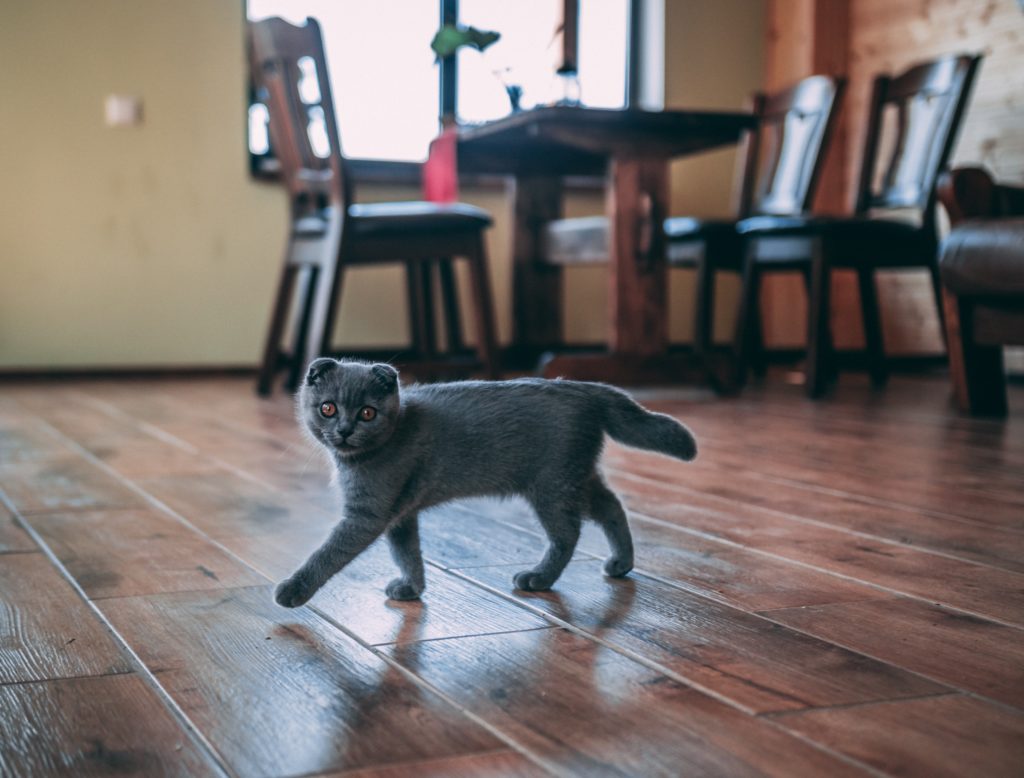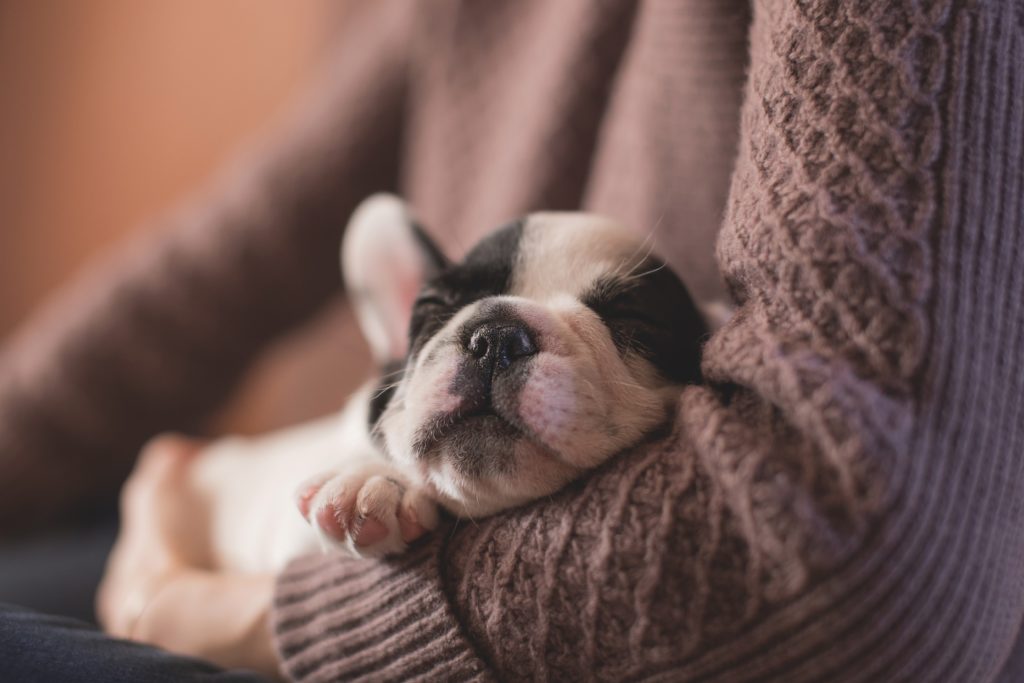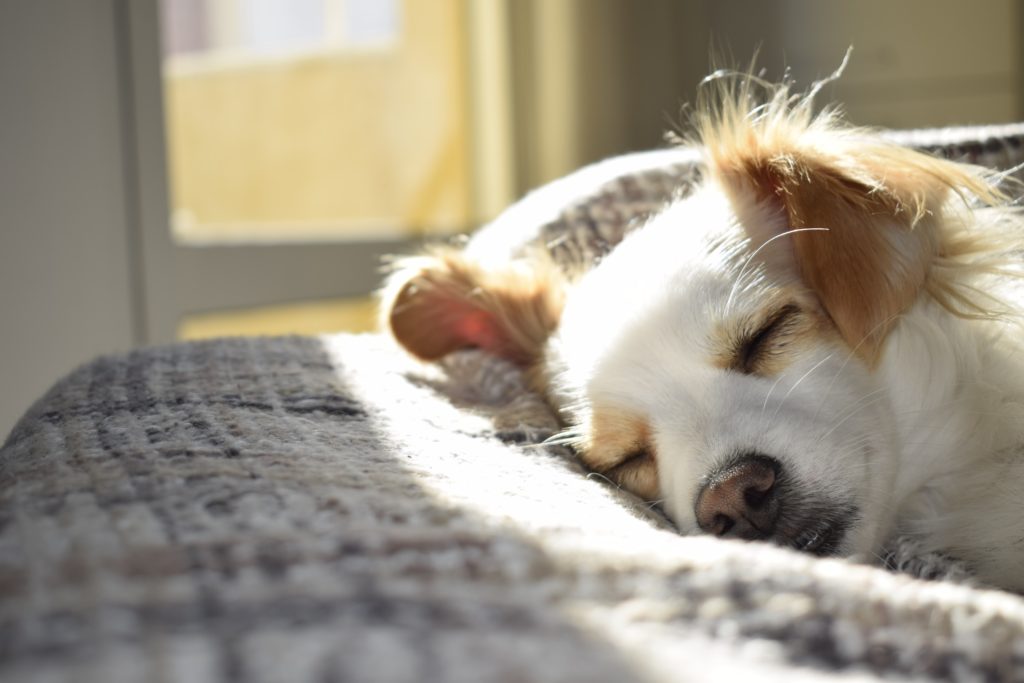
You love pampering your pet with gourmet treats, designer toys, and lots of love. But are you confident your dog or cat is happy with the thermostat setting? The best temperature for your pet depends on various factors including breed, health conditions, and other circumstances. Consider the factors that affect your pet’s ideal temperature and how to choose the perfect thermostat setting to balance comfort and energy efficiency.
Factors that Affect the Ideal Temperature for Pets
There isn’t one perfect temperature setting to accommodate the needs of all pets in every season. Consider the following factors to help you determine whether your pet prefers a warm or cool home:

- Coat type: Dogs and cats with thick, long coats tend to be more cold-tolerant. In fact, they often overheat faster than humans. On the other hand, pets with thin, short fur (and hairless varieties) aren’t able to retain body heat as well and therefore prefer warmer temperatures.
- Size: Smaller pets have a higher surface-area-to-volume ratio. This means they have more skin through which to lose body heat relative to their size than larger animals. That’s why small dogs tend to get cold faster than large breeds.
- Weight: Body fat is also a contributing factor. Overweight pets have a thicker insulating layer to protect against the cold. However, the health risks associated with obesity greatly outweigh the added warmth in the winter, so strive to keep your pet lean and fit.
- Age and health: Young puppies and kittens, as well as elderly pets, tend to require warmer house temperatures. Animals with acute infections or chronic joint conditions benefit from higher temperatures and heated sleeping areas as well.

Choosing the Best Temperature for Pets
With the above information, you can set the house temperature to the ideal setting for you and your pet. Here are our recommendations:
Summer Temperature
In general, you should set the thermostat between 75 and 78 degrees F when you’re at home in the summer. If you have a large, long-haired dog, such as a Husky or Samoyed, around 75 degrees may be best. If you have an elderly short-haired cat, 78 degrees could be preferable.

When you’re gone at work all day or on vacation, don’t set the temperature any higher than 80 to 82 degrees. To ensure your pet stays comfortable, provide fresh water and an area to cool off, such as the basement or a room with tiled flooring.
Winter Temperature
Plan to set the thermostat between 69 and 72 degrees when you’re at home in the winter. Large, animals with thick coats tend to prefer temperatures on the lower end of this spectrum, while you may want to set the thermostat higher for your hairless cat or new puppy.
When you’re away, set the thermostat no lower than 60 degrees. Keep the temperature a little higher for small, young, or sick animals. Always provide your pet with a soft, warm bed, and open the curtains so the sun shines in, giving the animal a place to sunbathe.

Call TMS to Service Your Heating & Cooling Systems
When your home’s heating or cooling system stops working, it quickly becomes uncomfortable for you and your pets. Make sure you’re not left without heat during a blizzard or A/C on a sweltering summer afternoon by choosing Total Mechanical Systems to maintain your HVAC equipment. We offer both heating maintenance and cooling maintenance to keep your systems up and running safely and efficiently. We also want to make sure your filters and overall system are as clean and clear as possible from pet dander and pet hair.
To schedule services in your area, please contact TMS today at 860-342-8867 or [email protected]. And while you’re at it, give your pets a special treat courtesy of their TMS friends!

